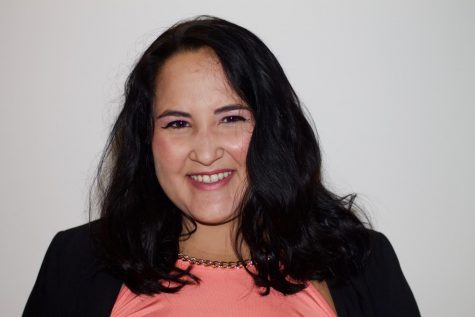Beyond Charlottesville: W&L begins exploration into own history
President Dudley has convened students, faculty, staff and alumni to examine how the university’s history affects its modern community
October 10, 2017
Work is well underway for W&L’s Commission on Institutional History and Community, a committee formed to examine university history and its present-day implications in the wake of August’s violent gatherings in Charlottesville.
The “Unite the Right” rally and subsequent protests that overwhelmed the University of Virginia and the City of Charlottesville on Friday and Saturday Aug. 11 and 12, made waves across the state, the nation and the world.
W&L President Will Dudley, who was born in Charlottesville, sent a message to the university community on Aug. 14 expressing his solidarity with University of Virginia president Teresa Sullivan and strongly condemning the hateful nature of the events.
In this initial message, Dudley also recognized W&L’s unique position as debate rages concerning Confederate statues. He acknowledged Robert E. Lee as a polarizing figure and said that while it was easy to condemn what happened in Charlottesville, the difficulty for Washington and Lee is conveying to the world what the university stands for as an institution.
At a town hall meeting on Aug. 23, Dudley announced the creation of the Commission on Institutional History and Community, composed of students, faculty, staff and alumni, to examine how the history of Washington and Lee and how the W&L community interacts with that history impacts the community as a whole.
Dudley said he will not be an active participant in the commission, but hopes the members will take advantage of the opportunity to examine university history in a full, nuanced way to determine how W&L can approach present issues and institutional understanding in different or better ways.
“You become excellent by never being complacent,” he said.
Commission members will submit a proposal with
institutional recommendations to Dudley for final decisions with the Board of Trustees at the end of the year.
However, there will be limits to recommendations from the commission. For example, members could not propose removal of Lee’s memorial in Lee Chapel, because it serves as a grave marker and is therefore protected by law.
Dudley also said that since the university is a historical landmark, there is an obligation to preserve it for the public.
The university president made sure to appoint members to the commission who are devoted to the university, yet willing to criticize it in order to critically analyze and constructively critique its practices.
Art history faculty and commission member Professor Melissa Kerin said that members will seek to educate themselves on W&L history through heavy reading: books, articles, emails submitted from the community and more.
Kerin said she and the other members spent the entirety of their first meeting discussing the commission’s charge and how to approach the giant task. She said the group paid special attention to how the campus represents community history and how that intangible factor shapes identity.
But crafting a representation of identity is particularly difficult when dealing with charged issues related to cultural heritage, Kerin said.
She especially hopes to distinguish the context surrounding W&L history, particularly regarding the presence of the ‘Recumbent Lee’ statue in Lee Chapel. She said the primary mission of the commission is to identify key issues and start to craft solutions, not answer all of the questions.
Kerin emphasized that this time of unrest is an important teaching moment for the W&L campus, with opportunities to highlight the importance of discussion and civil discourse.
Elizabeth Mugo, ‘19, one of two undergraduate students serving on the commission, said she is primarily interested in addressing the plaque located between Robinson and Tucker Hall marking the slaves donated to the school by John Robinson.
Mugo said she believes the spatial relationship between the plaque and its surrounding buildings trivializes the importance of the marker. She also expressed concern over how seemingly few students are aware of the university’s many contributors beyond George Washington and Robert E. Lee, such as Reverend John Chavis.
“It’s not fair to who we are to only show one side,” Mugo said.
Mugo said the commission is also working on outreach within the community. This past week, the students on the commission sat in at meetings with the Executive Committee and the Office of Diversity and Inclusion.
The students will also be holding office hours in Commons and the Brief Stop at the Law School each week.
Dudley said he hopes that the university can serve as an example for other institutions grappling with a Confederate past.
“We will all be better off if everyone at Washington and Lee has a better understanding of our own history,” Dudley said.



